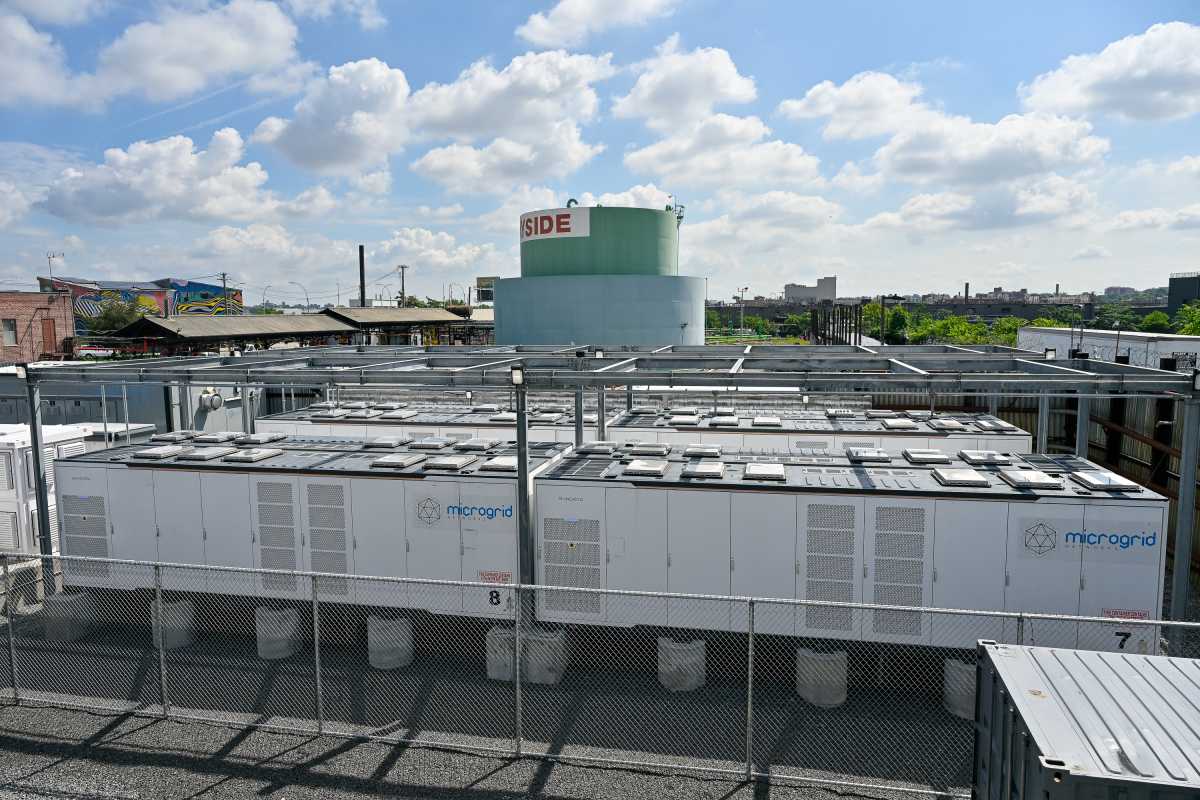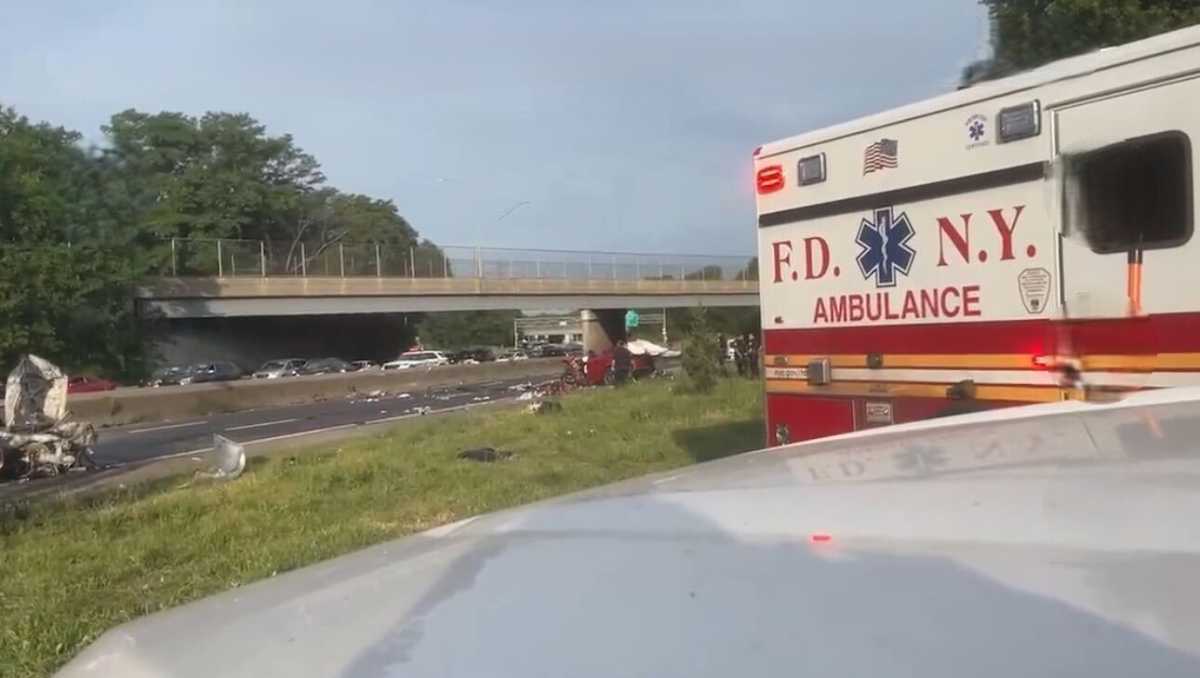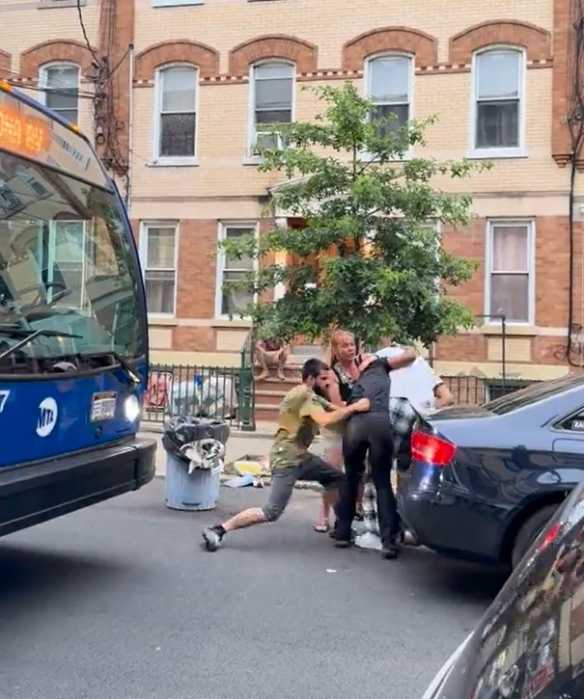This time last year, all of us at MTA were ringing the alarm about an impending financial crisis. Now the MTA Board is poised to approve a balanced budget, outlined in the November Financial Plan, that keeps us in the black for the next five years — even with significant service increases on the subways and commuter railroads.
It’s an extraordinary demonstration of not only the impact of Governor Hochul’s strong leadership, but also incredible professionalism at the MTA.
Staff from across the organization – led by agency presidents – pored over data to find new efficiencies to meet the terms of the Governor’s State Budget agreement, which called on the MTA to achieve $400 million in annual cost savings starting in 2024. Thanks to their hard work, we’ve exceeded that goal and are on track to reach $500 million in recurring savings by 2025.
How are we doing it? By reducing unnecessary employee absences and ramping up hiring to cut overtime at New York City Transit. We’re leveraging data and technology to make sure we’re inspecting train car and bus components on the most efficient cycle to reduce unplanned maintenance that can disrupt service, and we’re implementing industry best practices at both commuter railroads to ensure that inventory needed for required maintenance is always available and in the right facilities.
So much work has gone into this budget process, and during an unbelievably busy year no less. Don’t forget, so far in 2023 the MTA has opened a brand-new terminal at Grand Central Madison; increased LIRR service by almost 300 trains a day; improved frequencies on eight subway lines; broke ground on the next great megaproject (Metro-North Penn Station Access); completed an unprecedented inventory of our $1.5 trillion system; and opened seven new ADA accessible subway stations, to name a few highlights.
All this was accomplished while we delivered the best subway service in years and 95+% on-time performance on the commuter railroads.
With these improvements continuing, combined with our newfound financial stability, we’re better positioned than ever to make real improvements that can make a difference in the lives of millions of New Yorkers. But there’s still one major risk that could upend our progress, and that’s the growing problem of fare evasion.
While overall fare revenues are currently tracking the MTA’s forecasts, the number of paying riders has dropped below expectations, especially on buses. If this trend continues, it could jeopardize the balanced budgets for the next five years made possible by Governor Hochul and the State Legislature. To turn things around, we will continue to implement recommendations from the Blue-Ribbon Panel on Fare Evasion while developing additional strategies to increase fare payment.
Transit is one of the few things that makes New York more affordable, but it won’t be there unless we all pitch in. This MTA administration takes seriously its financial responsibility to taxpayers and riders, and we’re determined to keep New York moving in 2024 and beyond.
Janno Lieber is MTA chair and CEO.
Read more: Ron Jeremy Fights to Save Childhood Tree in Queens
































